The term "low-maintenance plants" has become synonymous with succulents in recent years, leading to what gardening enthusiasts now refer to as the "Great Succulent Watering Scandal." These fleshy-leaved plants, often marketed as indestructible decor items, have suffered mass casualties at the hands of well-intentioned owners following the "just ignore them" advice. The truth about succulent care reveals a far more nuanced relationship between these drought-resistant plants and their human caretakers.
Walk through any modern home decor store, and you'll find succulents displayed alongside artificial plants, their care instructions reduced to cheerful stickers proclaiming "water monthly" or the even more dangerous "thrives on neglect." This oversimplification has created generations of plant owners who believe they're doing right by their succulents when in reality, they're presiding over slow-motion plant executions. The reality is that succulents don't want less care - they want different care.
The watering needs of succulents follow what botanists call the "feast or famine" principle. In their native habitats, these plants endure long dry spells followed by torrential downpours that completely saturate the soil. Our typical approach of giving small amounts of water at regular intervals directly contradicts their evolutionary programming. When we provide just enough moisture to keep the topsoil damp, we encourage shallow root systems and eventual rot. The proper technique involves completely soaking the soil until water runs freely from drainage holes, then allowing it to dry completely - sometimes for weeks at a time - before repeating the process.
Seasonal changes dramatically affect succulent water requirements, another factor the "low-maintenance" label conveniently ignores. During active growth periods in spring and fall, many varieties need watering every 7-10 days. In the scorching heat of summer, some enter a dormant state requiring less frequent irrigation, while others need protection from afternoon sun. Winter brings near-complete drought for most species as they prepare for their growth season. This cyclical pattern bears little resemblance to the "set it and forget it" approach promoted by mass marketers.
Pot selection plays an underappreciated role in the watering equation. The trendy glass terrariums and ceramic pots without drainage holes that often house store-bought succulents create death traps. Succulents demand excellent drainage not just in their soil mix but in their containers. Experienced growers often use unglazed terra cotta pots, which allow moisture to evaporate through the sides, or incorporate generous layers of gravel at the bottom of containers. The current popularity of succulent arrangements planted in teacups or vintage tins makes for charming Instagram posts but usually leads to soggy, oxygen-deprived roots.
Light requirements further complicate the "easy care" myth. While succulents can survive lower light conditions than many plants, they typically won't thrive without several hours of direct sunlight daily. The etiolation phenomenon - where plants stretch unnaturally toward light sources - creates those leggy, pale specimens that eventually collapse under their own weight. What begins as a compact rosette often transforms into a botanical Tower of Pisa because owners place their succulents in dim corners simply because they "don't need much light."
The soil composition matters as much as watering frequency. Standard potting mix retains far too much moisture for succulent roots adapted to gritty, fast-draining mediums. Specialized cactus mixes with added perlite, pumice, or coarse sand mimic natural growing conditions, allowing roots to breathe between waterings. Many commercial growers initially plant succulents in inappropriate soil to reduce production costs, setting up buyers for failure when they continue using moisture-retentive mediums during repotting.
Ironically, the very adaptations that make succulents drought-tolerant also make them vulnerable to improper care. Their water-storing leaves and stems evolved as survival mechanisms, not as invitations to neglect. When we misinterpret their biological advantages as aesthetic features that require no maintenance, we overlook the fact that these plants still engage in photosynthesis, still grow toward light sources, and still undergo seasonal changes that affect their needs.
The solution isn't complicated but requires abandoning the "no-care" fantasy. Observing plants for signs of thirst (slightly wrinkled leaves, less firm texture) proves more reliable than calendar-based watering. Providing bright light, proper containers, and appropriate soil creates an environment where succulents can actually thrive rather than merely survive. The reward for this slightly more engaged approach comes in the form of vibrant colors, compact growth, and even spectacular blooms that many owners never realize their plants can produce.
Perhaps the greatest irony of the succulent care misconception lies in its origins. These plants became popular precisely because they do respond visibly to proper care, developing intense stress colors and geometric forms that captivate observers. The same characteristics that make them rewarding to grow also make them demanding of specific conditions. In our attempt to simplify their needs, we've robbed them - and ourselves - of their most remarkable qualities.
The next time you encounter a succulent labeled as "unkillable" or "perfect for forgetful owners," consider it not as a living decoration but as a biological marvel shaped by millennia of adaptation. With this perspective shift comes the realization that no plant truly thrives on neglect - they simply die more slowly than others when neglected. The difference between a surviving succulent and a thriving one lies in understanding that "low-maintenance" doesn't mean "no maintenance," but rather "maintenance that respects the plant's natural rhythms."
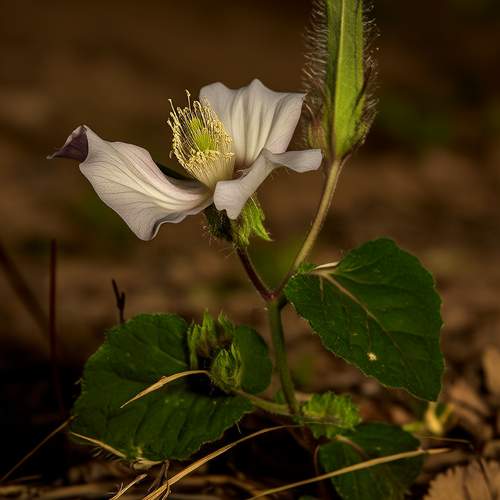
By /May 21, 2025

By /May 21, 2025
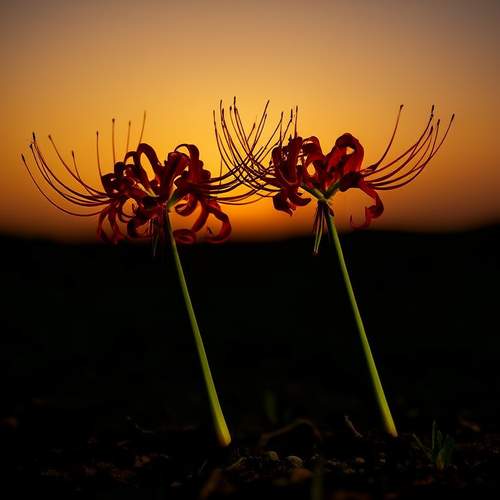
By /May 21, 2025
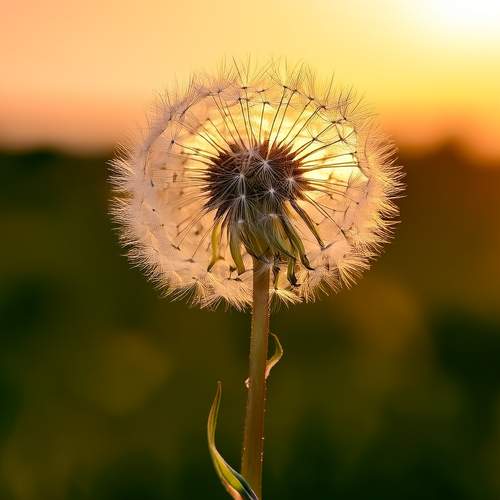
By /May 21, 2025

By /May 21, 2025
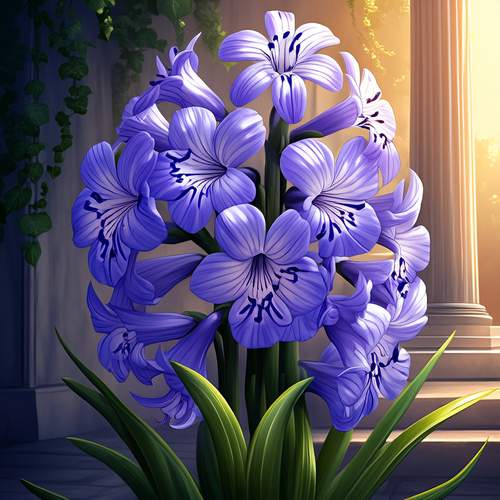
By /May 21, 2025

By /May 21, 2025
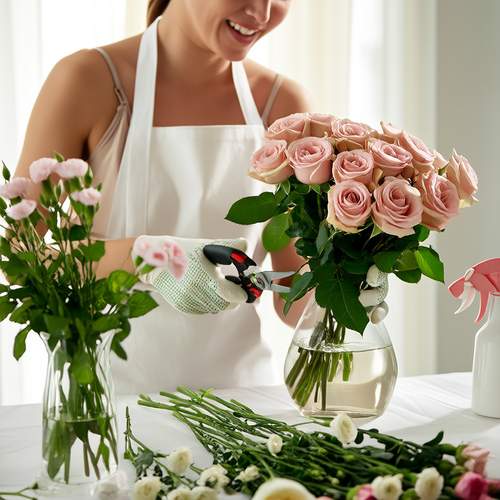
By /May 21, 2025
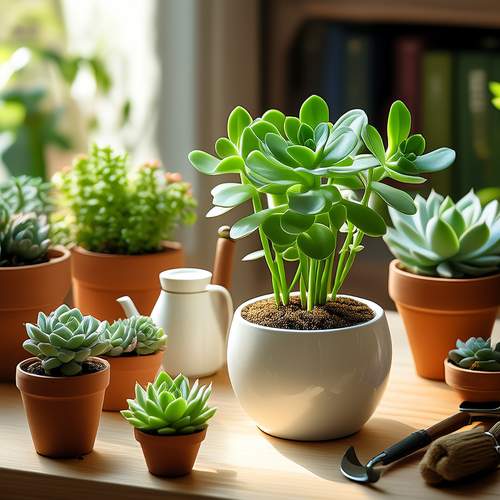
By /May 21, 2025
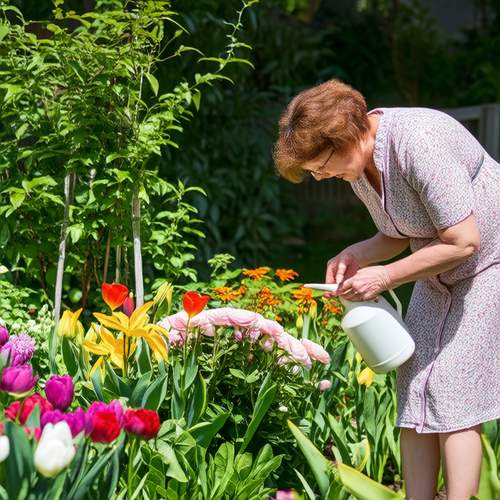
By /May 21, 2025
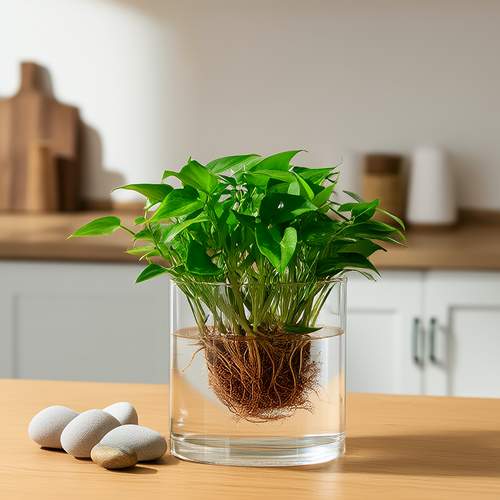
By /May 21, 2025
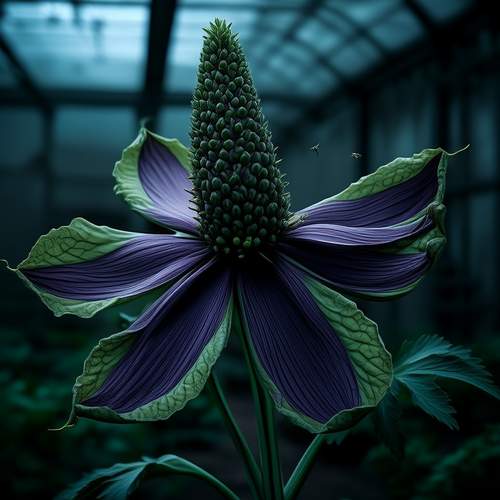
By /May 21, 2025
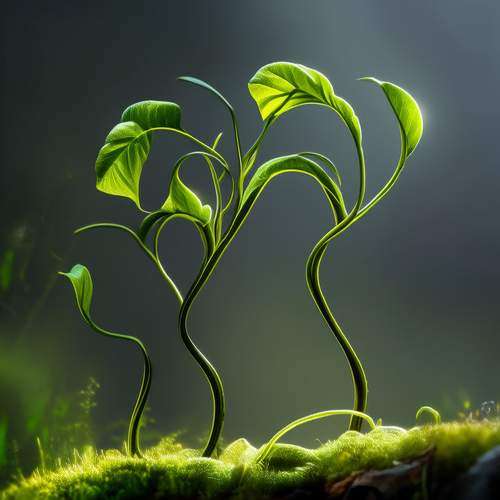
By /May 21, 2025

By /May 21, 2025

By /May 21, 2025
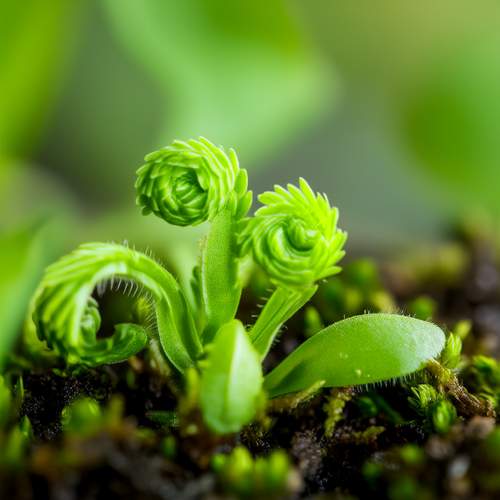
By /May 21, 2025
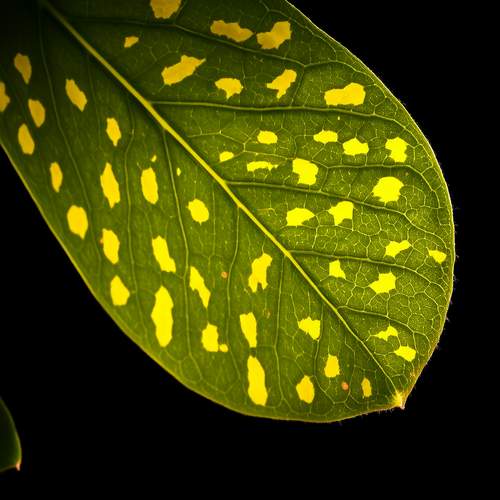
By /May 21, 2025
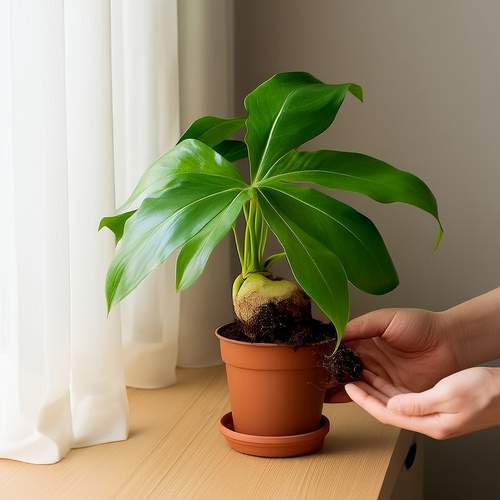
By /May 21, 2025
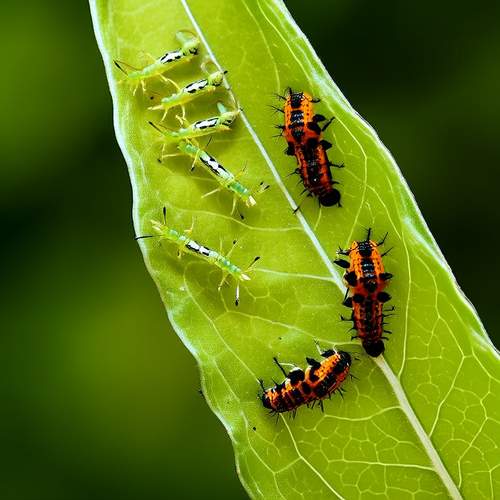
By /May 21, 2025
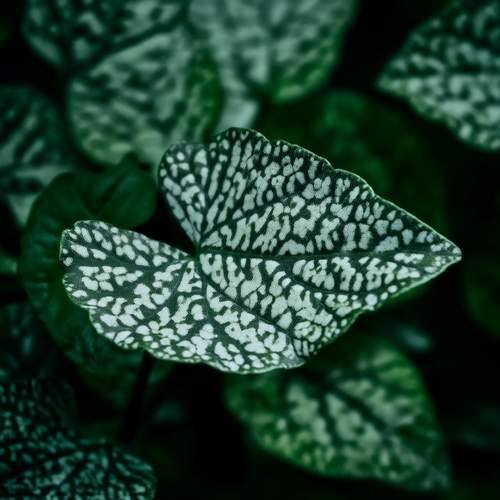
By /May 21, 2025